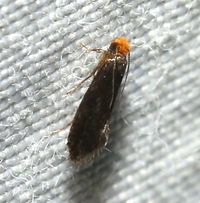
| Recorded by: David George, Jeff Niznik, Kevin Bischof on 2024-08-07
Transylvania Co.
Comment: | 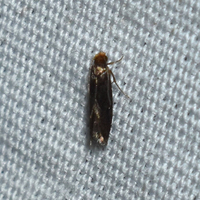
| Recorded by: David George, Jeff Niznik, Kevin Bischof on 2024-08-07
Transylvania Co.
Comment: |
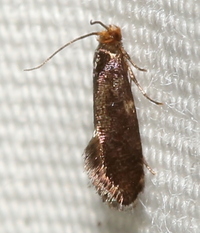
| Recorded by: David George, Stephen Dunn, Jeff Niznik on 2023-07-31
Swain Co.
Comment: | 
| Recorded by: Jim Petranka on 2023-07-30
Madison Co.
Comment: |
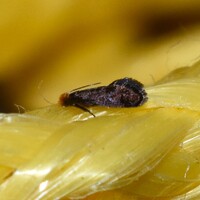
| Recorded by: David George, Stephen Dunn, Jeff Niznik, Rich Teper, Becky Watkins on 2023-07-30
Swain Co.
Comment: | 
| Recorded by: David George, Stephen Dunn, Jeff Niznik, Rich Teper, Becky Watkins on 2023-07-29
Swain Co.
Comment: |

| Recorded by: Jim Petranka on 2023-07-10
Madison Co.
Comment: | 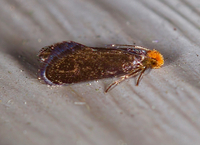
| Recorded by: Jim Petranka on 2022-08-03
Madison Co.
Comment: |
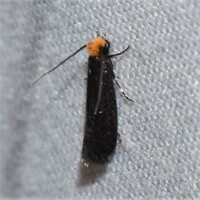
| Recorded by: Jeff Niznik on 2022-05-31
Durham Co.
Comment: | 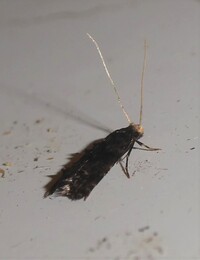
| Recorded by: Simpson Eason on 2021-09-30
Durham Co.
Comment: |
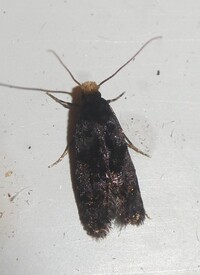
| Recorded by: Simpson Eason on 2021-09-30
Durham Co.
Comment: | 
| Recorded by: David George on 2021-08-13
Durham Co.
Comment: Identification is tentative, but it appears to be a light morph of this species. |

| Recorded by: R. Newman on 2021-08-04
Carteret Co.
Comment: | 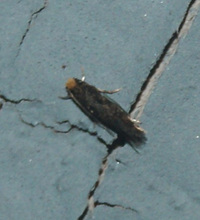
| Recorded by: Vin Stanton on 2020-07-29
Buncombe Co.
Comment: |
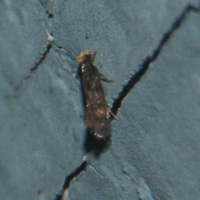
| Recorded by: Vin Stanton on 2020-07-29
Buncombe Co.
Comment: | 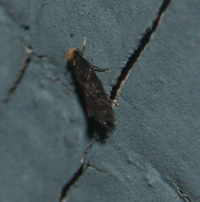
| Recorded by: Vin Stanton on 2020-07-29
Buncombe Co.
Comment: |
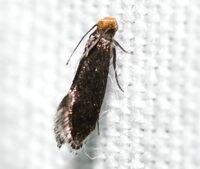
| Recorded by: Kyle Kittelberger, Brian Bockhahn on 2020-07-15
Polk Co.
Comment: | 
| Recorded by: Kyle Kittelberger on 2020-06-13
Wake Co.
Comment: |
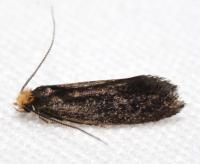
| Recorded by: Kyle Kittelberger on 2020-06-13
Wake Co.
Comment: | 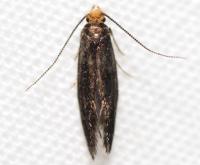
| Recorded by: Kyle Kittelberger on 2020-06-13
Wake Co.
Comment: |

| Recorded by: Lenny Lampel on 2017-08-17
Mecklenburg Co.
Comment: |

 »
»



 »
»

